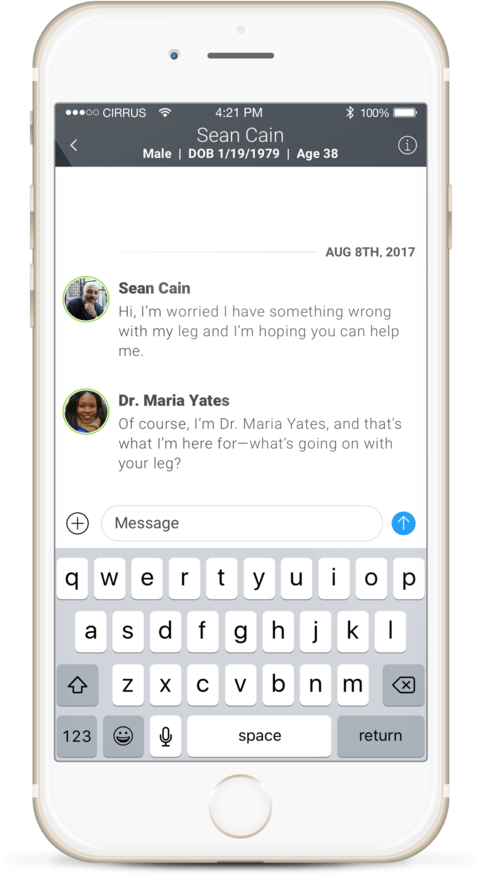Texas Health Aetna, a joint venture between Texas Health Resources and Aetna, has launched a new app aimed at providing patients with more immediate, virtual emergency care.

Emergency physicians are often at the “front line of an undesirable healthcare experience” for many patients, so it was to the benefit of both physicians at Texas Health Resources’ 24 Dallas-Fort Worth-area hospitals and Texas Health Aetna members to develop the Texas Health Aetna ER Doc app, said Genevieve D. Caruncho-Simpson, chief operating officer at Texas Health Aetna, in an interview with FierceHealthcare.
“To change healthcare there needs to be a recognition that there needs to be better local healthcare solutions,” Caruncho-Simpson said. “Healthcare is fundamentally a local market.”
RELATED: 4 useful apps for emergency physicians
Patients with the app can text, send photos or video chat with an emergency doctor and are guaranteed a response within three minutes, she said. Most (90%) of patients' needs can be resolved in these conversations.
When patients do need to see a doctor in person, the app helps coordinate the appointment with doctors in the ER at Texas Health Resources hospitals.

(Courtesy of Texas Health Aetna)
A transcript of the virtual visit will be sent to the patient’s primary care provider, and the clinicians working with the app can schedule same-day or next-day followups with primary care providers, Caruncho-Simpson said.
The independent doctors working with the app are on staff at Texas Health Resources facilities and in its emergency departments, but when they’re on-call for the ER Doc app, that will be their only focus.
RELATED: Nurses may hold key to shorter stays, wait times in the ER
Patients can use the app 24 hours a day, seven days a week, and there are no copays for a consult.
Caruncho-Simpson said patients so far have been surprised that they could have this type of care experience, but those that try it tend to become regular users.
“It’s a bit of a paradigm shift for many of our consumers,” she said.
A number of hospitals and health systems are turning to telemedicine to reduce emergency room overcrowding and wait times.
Baptist Health South Florida, for instance, offers “tele-triage,” which allows patients to connect with doctors through video conferences to move them through emergency care more quickly. Predictive analytics can provide a guide for future usage trends that allows providers to develop more effective strategies.